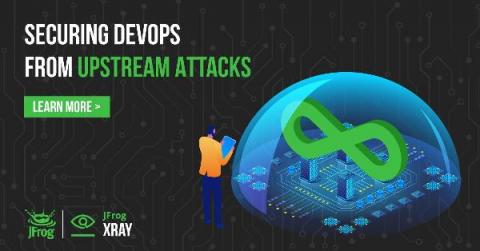Find the Path to Go Module Major Versions With GoCenter
How many major versions of a given Go module are there? That simple question doesn’t always have an easy-to-discover answer. Golang’s unique system of semantic import versioning solves some key problems of ensuring Go module compatibility across dependencies. But it also makes it a bit harder to learn what major versions of a Go module are available. The go client doesn’t provide a way to find out, nor will it inform you when a newer major version of a dependency exists.











